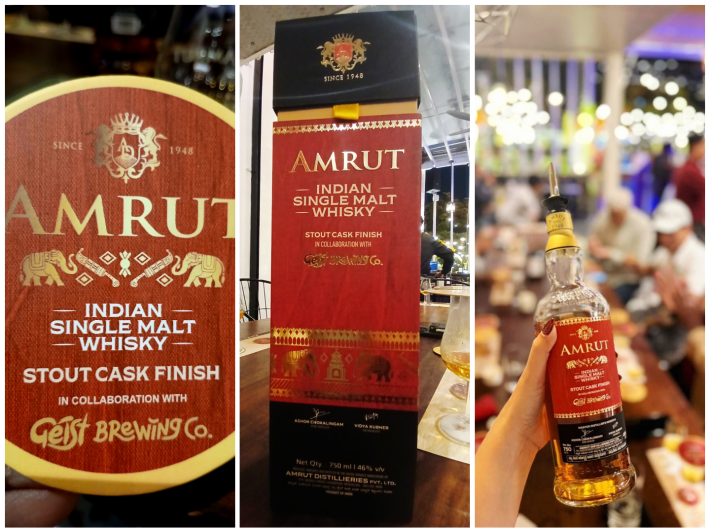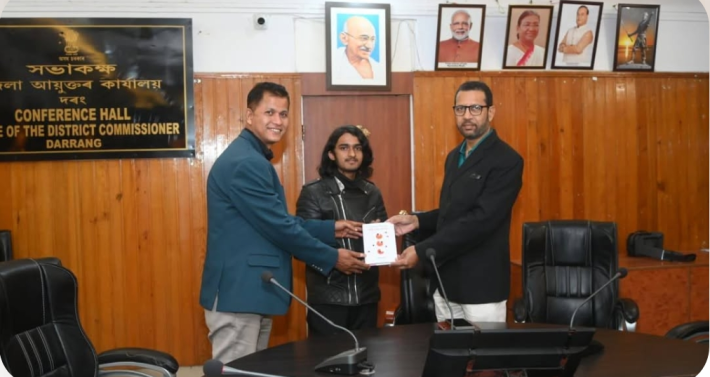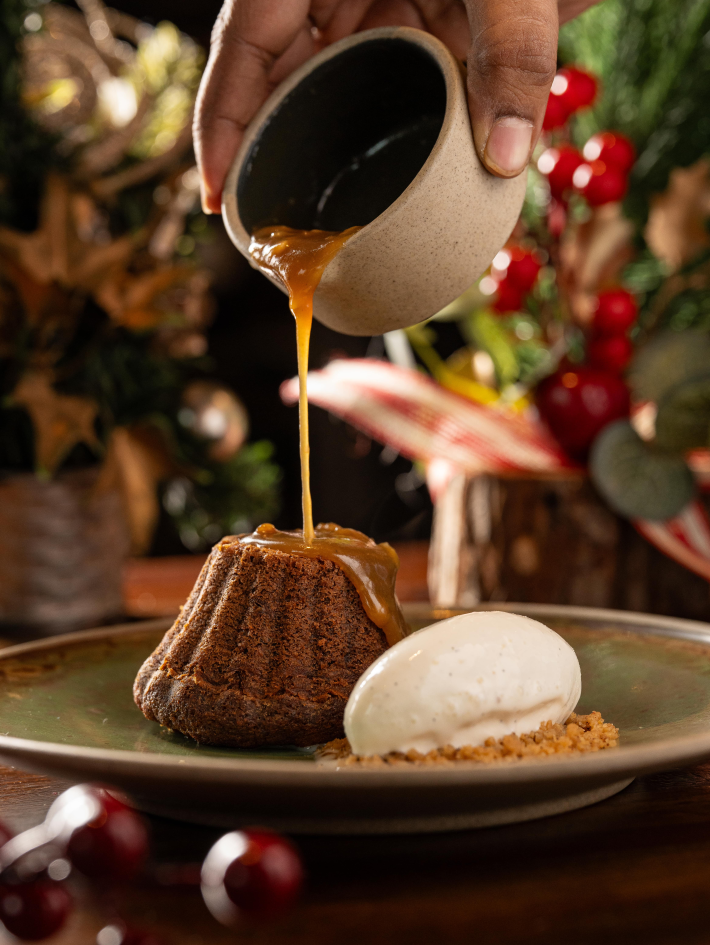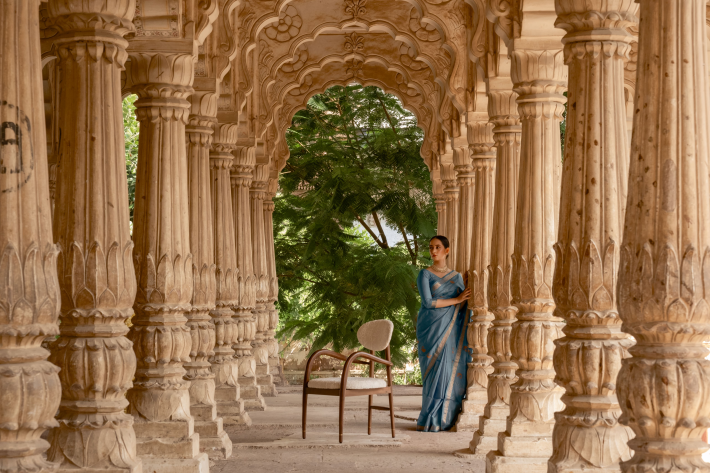India inspired Global luxe
In a moment that feels both historic and exhilarating, top global luxury houses are no longer merely inspired by India, they’re actively embracing it. From Dior’s spectacular Mumbai runway to Prada’s reimagined Kolhapuri-style sandals, and Bvlgari’s Mangalsutra collection to Louis Vuitton’s dazzling Deepika Padukone–led campaigns, the narrative is clear: India’s heritage, craftsmanship, and cultural symbols are star performers on the luxury stage. TheGlitz reports…

Yet amid this international spotlight, the true trailblazers remain the Indian brands themselves. Homegrown, authentic, and visionary, they are not just borrowing from tradition, they are living it. With celebrity tastemakers taking center stage and artisan craftsmanship finally getting its due, India is indeed influencing global luxury and it’s local brands are redefining the real luxury narrative.
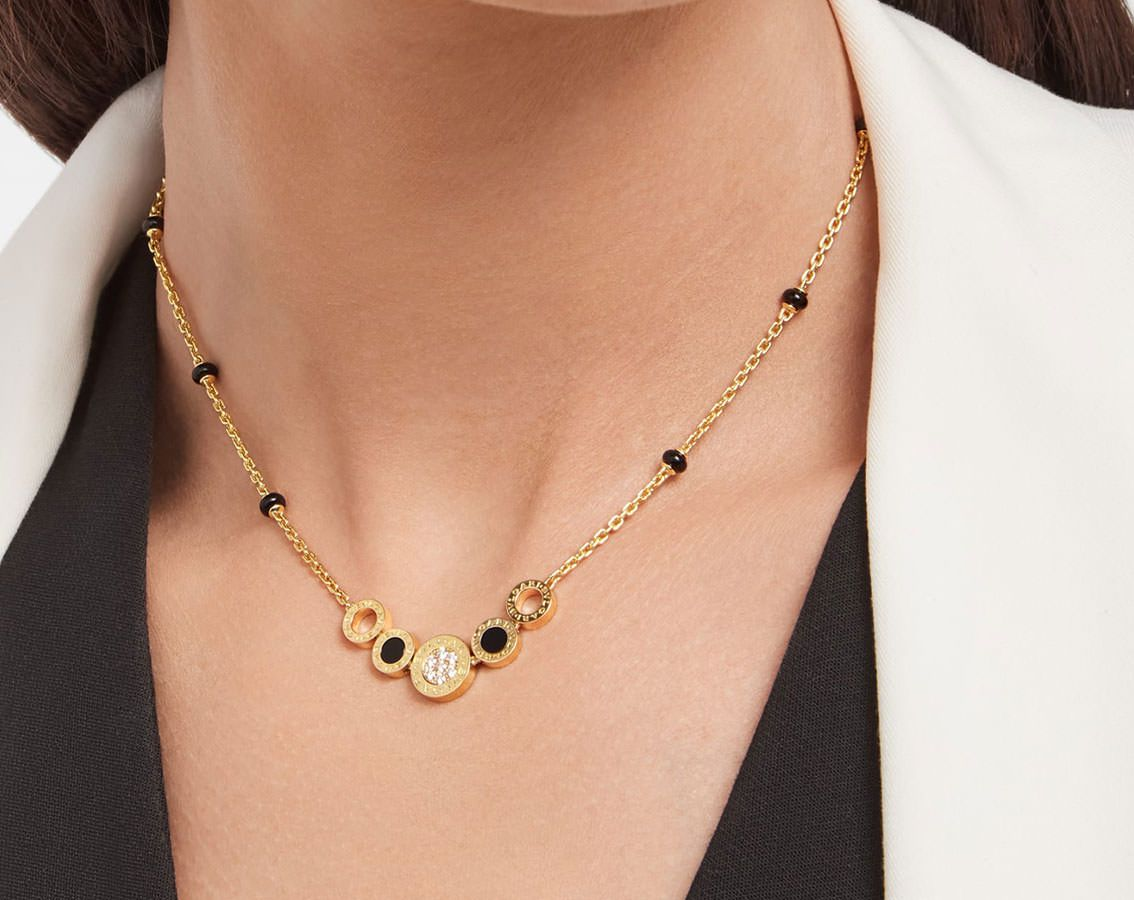

Why India Is the Moment
India’s magnetism in luxury today isn’t a passing trend, it’s built on centuries of heritage. In the past, Western fashion houses sampled patchwork, embroidery, and tapestries as exotic accents.
For instance, Madras checks, a vibrant, breathable cotton fabric originally worn by villagers and labourers in Southern India has journeyed from humble beginnings to global cult status. Its distinctive plaid patterns, dyed with natural vegetable colors, were known to “bleed” with every wash, a feature once considered a flaw but later embraced as authenticity. This very trait was even celebrated on garment labels that read: “Guaranteed to bleed” notably by the American brand Gant, which helped popularize Madras fabric in the West during the ’60s Ivy League fashion boom.

Since then, top luxury houses like Ralph Lauren, Tommy Hilfiger, and Brooks Brothers have been inspired by Madras checks, reimagining the fabric in shirts, dresses, and accessories, making it a symbol of laid-back, preppy elegance with a distinctly Indian soul.
But that was just the start. Now, they’re weaving in Indian textiles and aesthetics on their runways and global campaigns. Dior’s Mumbai showcase, Prada’s sandals echoing Maharashtra’s Kolhapuri craft, and LV’s Deepika moment mark a shift: Indian culture isn’t just a muse any more, but a co-creator.
Simultaneously, the world no longer views India as ‘the inspiration’… instead, it sees India as essential. For instance, after the worldwide uproar that fired up the fashion world after Prada used Kolhapuri inspired sandals on the runway, Prada sent their dignitaries to the humble town of Kolhapure to learn more about Kolhapuri chappals.
Today Indian stars are ambassadors – for instance, Alia Bhatt is the brand Ambassador of Gucci – not tokens. Artisans are collaborators, not background extras. And that groundswell is powered by Indian brands who exist at the intersection of heritage and modernity.
Meet the Homegrown Taste-Makers
While global labels spotlight India, it’s Indian brands that truly shape its luxury identity, with courage, integrity, and rooted vision.
Teejh
Teejh enchants through festive sarees that feel both regal and refreshingly modern. Think rich textiles woven into silhouettes that honor Indian femininity but are cut for today’s woman, bold, confident, and unapologetically stylish. Every saree is handcrafted with meticulous care, weaving stories of tradition into sleek creations that resonate across generations. Teejh doesn’t just draw from heritage, it embodies it.
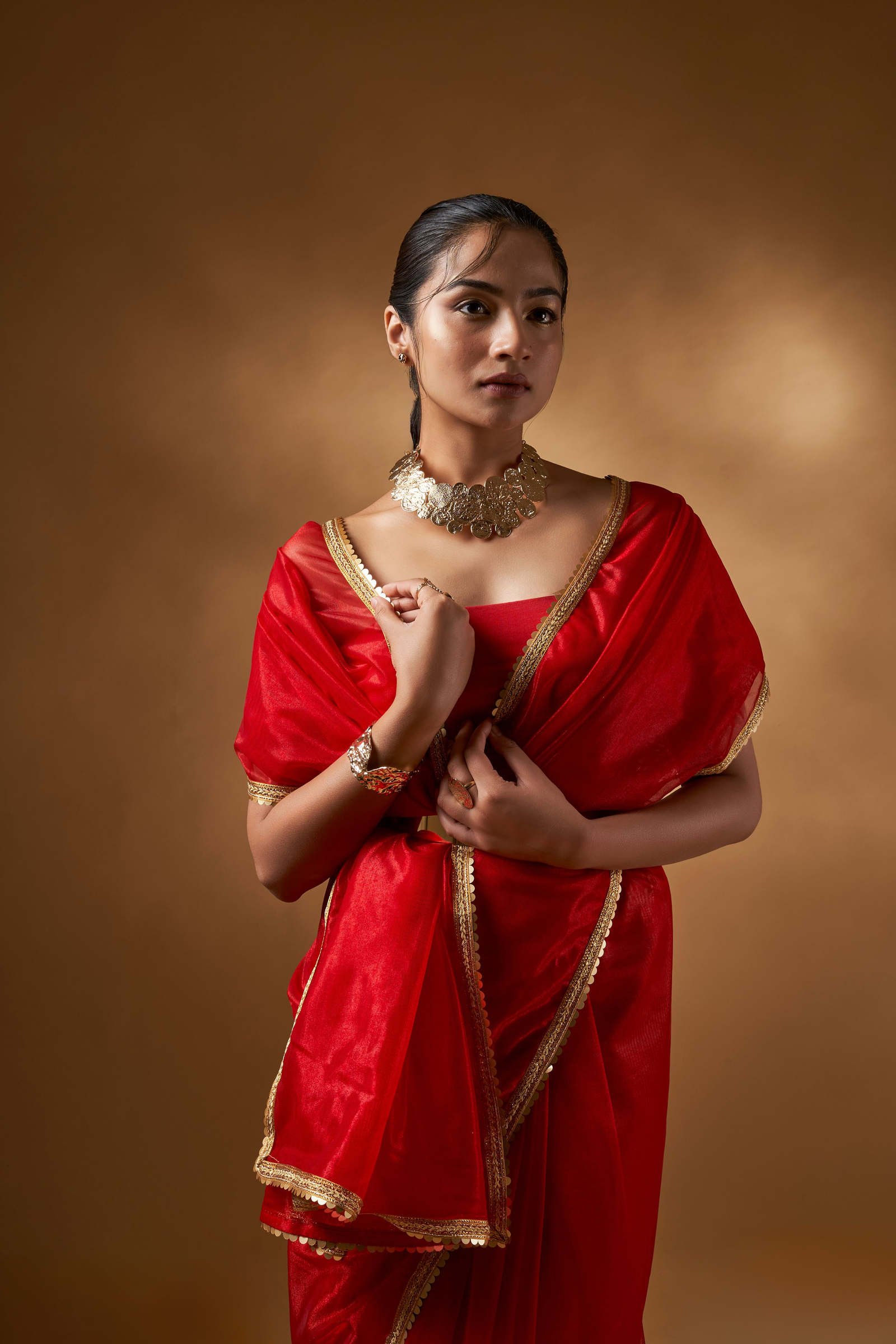
Aabharnam Foundation
Website: Abharnam Foundation
Instagram: Abharnam Foundation
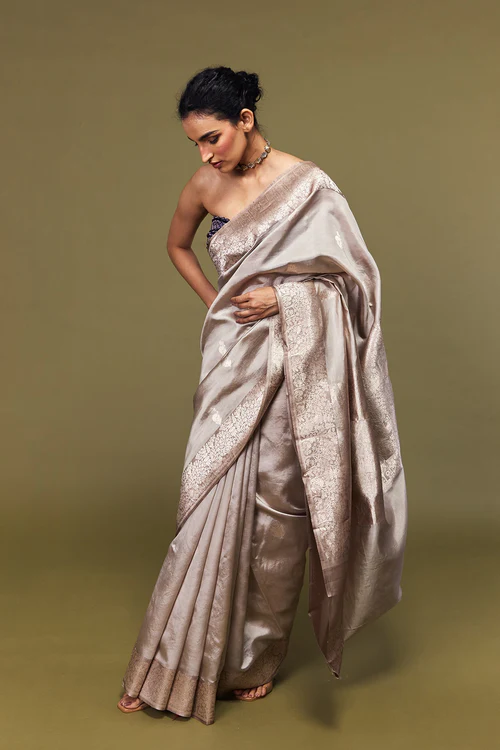
More than a homegrown brand Aabharnam is a platform for cultural preservation. From hand woven Indian textiles to intricate murals, Aabharnam celebrates the finest of Indian craftsmanship rooted in heritage, designed for those who value authenticity, elegance, and purpose.
Saundh
Website: Saundh
Instagram: Saundhindia

Saundh is a bridge between traditional Indian artistry and global fashion. Known for its boho-inspired ethnic wear, Saundh blends modern cuts with rich prints and comfort-focused design, making ethnic wear globally appealing.
trueBrowns
Website: trueBrowns
Instagram: trueBrowns
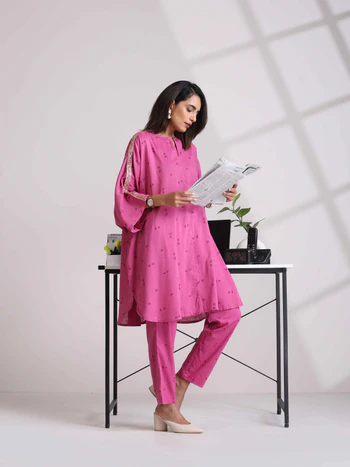
trueBrowns is synonymous with minimal, flowy, and urban ethnic silhouettes. With lightweight fabrics and classic drapes, their collections speak to both nostalgia and modern sensibility perfect for the new-age Indian wardrobe.
Hiranya
Website: Hiranya
Instagram: Hiranya
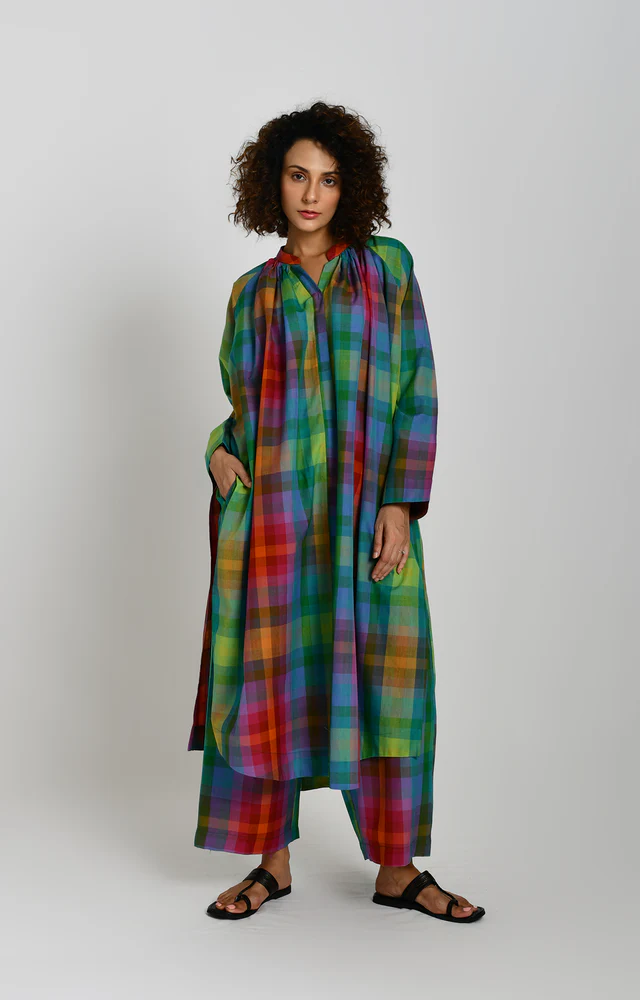
Focused on sustainable handloom textiles, Hiranya supports artisans through ethical, slow fashion. Their collections are handwoven stories, honoring tradition while embracing the contemporary.
More Homegrown Stars
- Raw Mango modernizes the handloom sari with colour, pattern and bold silhouettes… without ever losing reverence for tradition.
- Paresh Lamba Couture blends Parisian elegance with Indian textiles, and has become a red-carpet favourite globally.
- Nicobar translates Indian artisanal craft into everyday lifestyle products, from scarves to stationery, that quietly elevate the mundane.
These brands aren’t chasing global trends, they’re setting them. They embody a luxury that’s not just surface deep but rooted in narrative, craft, and soul.
Why Homegrown Heroes Shine Bright
- Authenticity as Currency
Global brands may appropriate, but Indian labels live the culture. They are built by people who understand regional language, craft processes, and symbolism. That authenticity can’t be replicated, it informs everything from pattern to placement, rhythm to ritual. - Craftsmanship Reimagined
Take a Teejh saree: the weave, the motif, the finishing, it’s all threaded through generations of craft. But its cut, drape, styling? Pure contemporary. These brands build seamless bridges between artisanal legacies and modern aesthetics. - Cultural Confidence
India is confident, global, and impulsive, but deeply rooted. Homegrown labels express that confidence without nostalgia, drawing from tradition yet creating something exciting, new, and vibrant, for domestic and international audiences alike. - Telling True Stories
When celebrity faces like Alia, Deepika, or Sonam walk red carpets in Indian design, there’s story, of craft, of region, of technique. Homegrown brands are rewriting the narrative, making culture part of the conversation, not decoration.
The Moment at a Crossroads
Global brands have finally recognized: Indian aesthetics are non-negotiable, not token. But as they lean in, they must listen, collaborate, and credit. The direction forward demands humility and authenticity.
Thankfully, Indian luxury isn’t waiting for permission. With brands like Teejh, Raw Mango, Nicobar, and more, we’re witnessing a cultural renaissance. The saree is royalty; handloom is art; boutique labels are global icons. Each collection, stitch, and story is an invitation, fluent in heritage, fluent in the global.
TheGlitz Verdict
Yes, global luxury houses are adopting Indian influences, but the true OG Indian fashion makers remain firmly rooted at home. They aren’t mere trends that will flitter away in days, they are traditions refreshed. In celebrating their artistry, design, and soul, India doesn’t just contribute to luxury, it commands it.
This is India’s moment. And these homegrown heroes are writing the rules.


